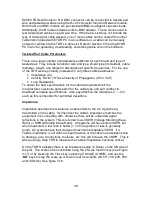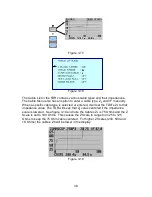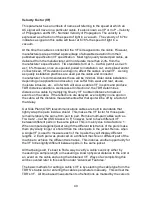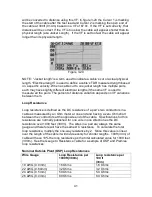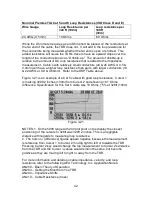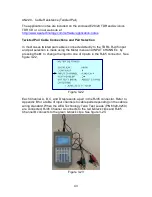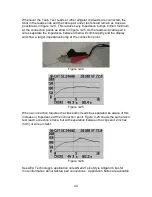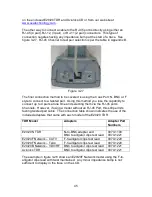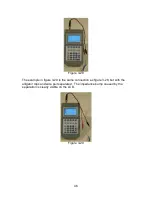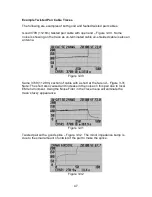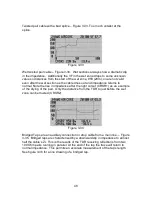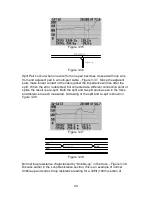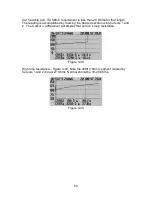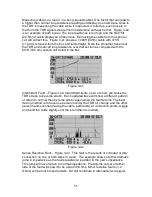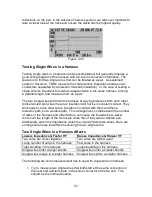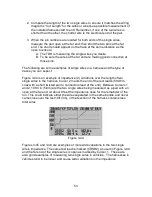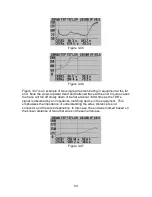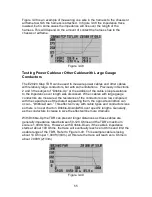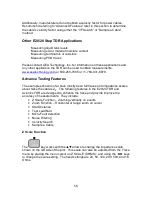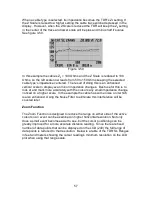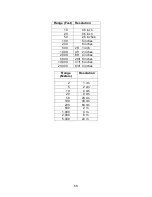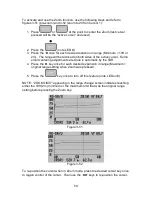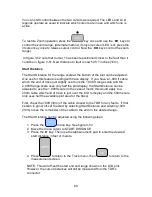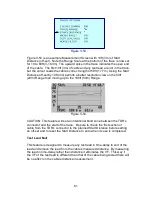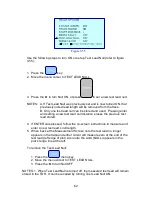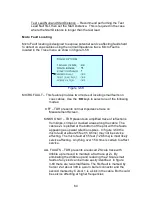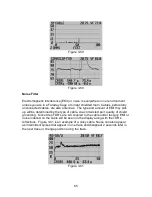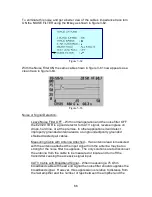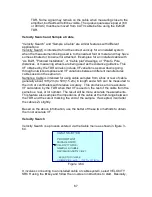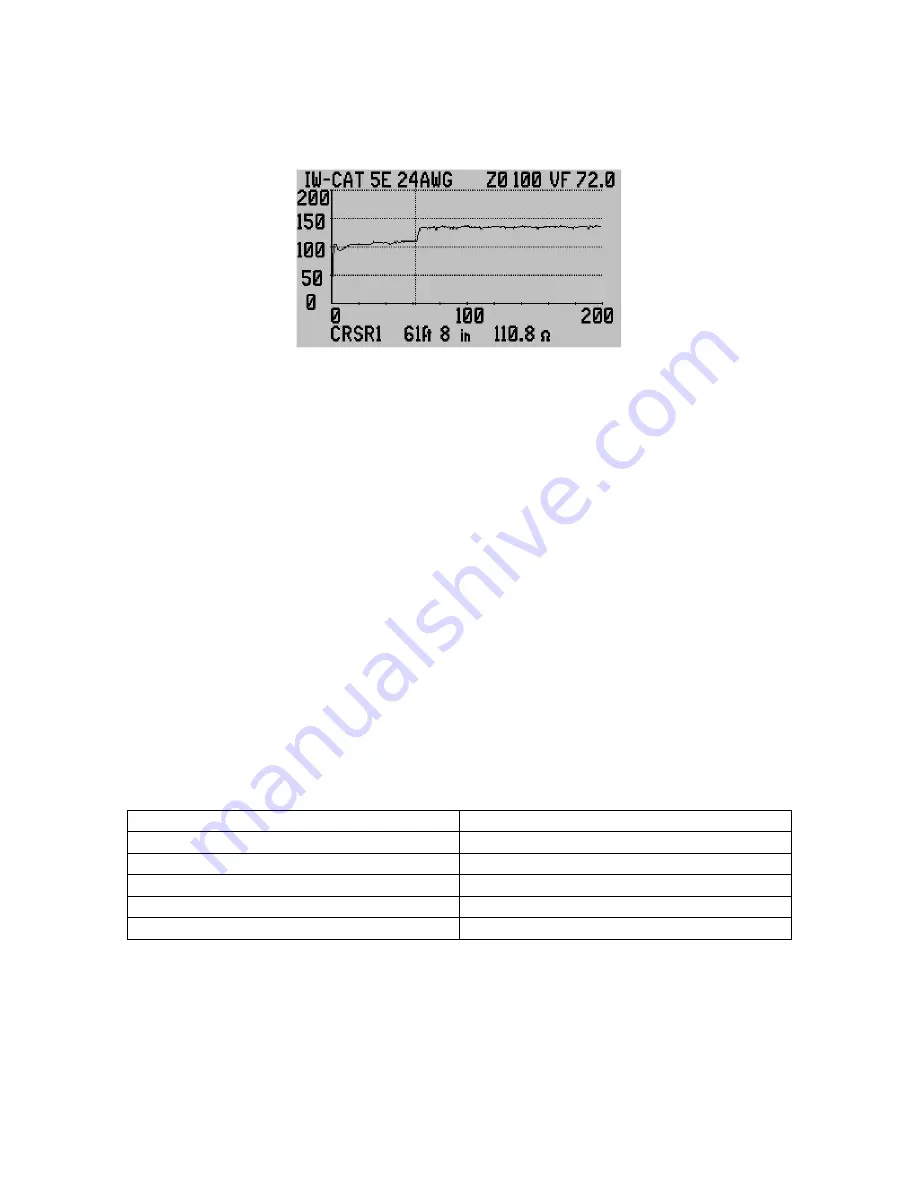
52
reflections on the pair. In the Advance Features section, we will cover methods to
take a closer look at the trace and ensure the cable has the highest quality.
Figure 3-43
Testing Single Wires in a Harness
Testing single wires in a harness can be accomplished, but generally requires a
good wiring diagram of the harness with pin-to-pin connection information. The
reason is to find two single wires that can be treated as a pair. As explained
earlier in Section 2, TDR’s measure the characteristic impedance between two
conductors separated by a dielectric material (insulation). In the case of testing a
single wire it’s important to locate an adjacent wire in the same harness, running
a parallel length, and measure them as a pair.
The two single wires will travel the harness at varying distances from each other.
Unlike twisted pair wires the wires’ insulation will not be in constant contact. They
will however, have other wires’ insulation in contact with them and thus a
dielectric path, but a variable path. This arrangement, combined with the number
of wires in the harness and other factors, will cause the impedance to waver
more over the length of the two single wires than if they were a twisted pair.
Additionally, when the impedance varies the velocity factor also varies. Here are
some general rules that affect measuring the two single wires:
Two Single Wires in a Harness Affects
Lowers Impedance & Faster VF
Raises Impedance & Slower VF
Two wires are closer together
Two wires are further apart
Large number of wires in the harness
Few wires in the harness
Tight bundling in the harness
Loose bundling in the harness
Single wires enter a larger bundle
Single wires enter a smaller bundle
Single wires merge to a larger harness
Single wires split to a smaller harness
The following are some measurement tips to use with single wires in harness:
1. Try to measure two single wires that both start at the same connector on
the near end and terminate in the same connector at the far end. This
should be the normal situation.

